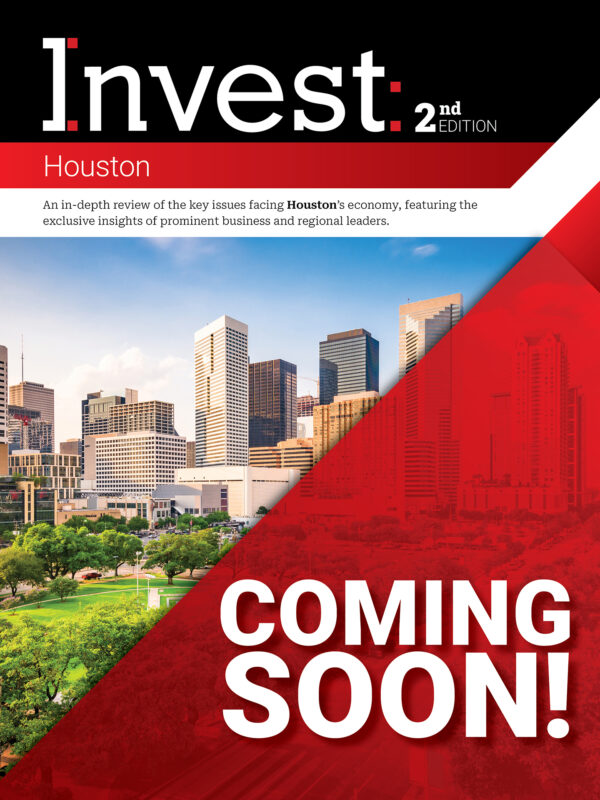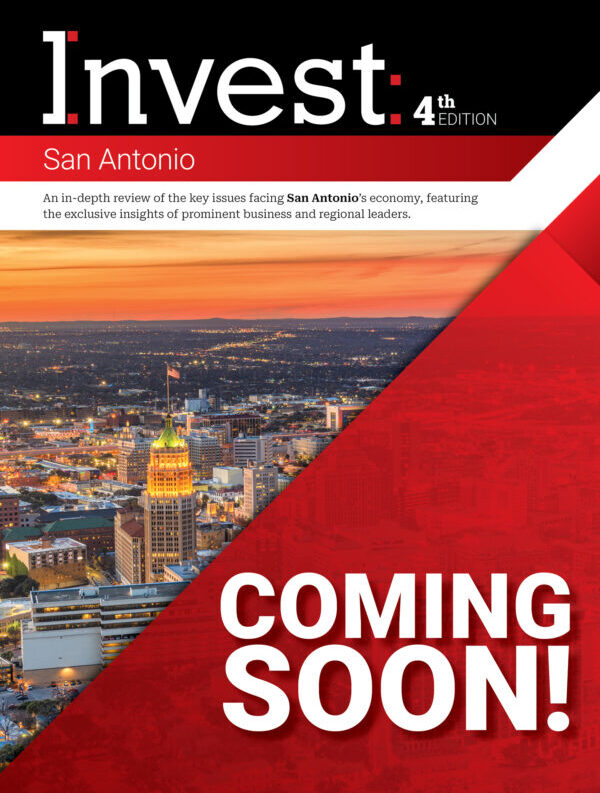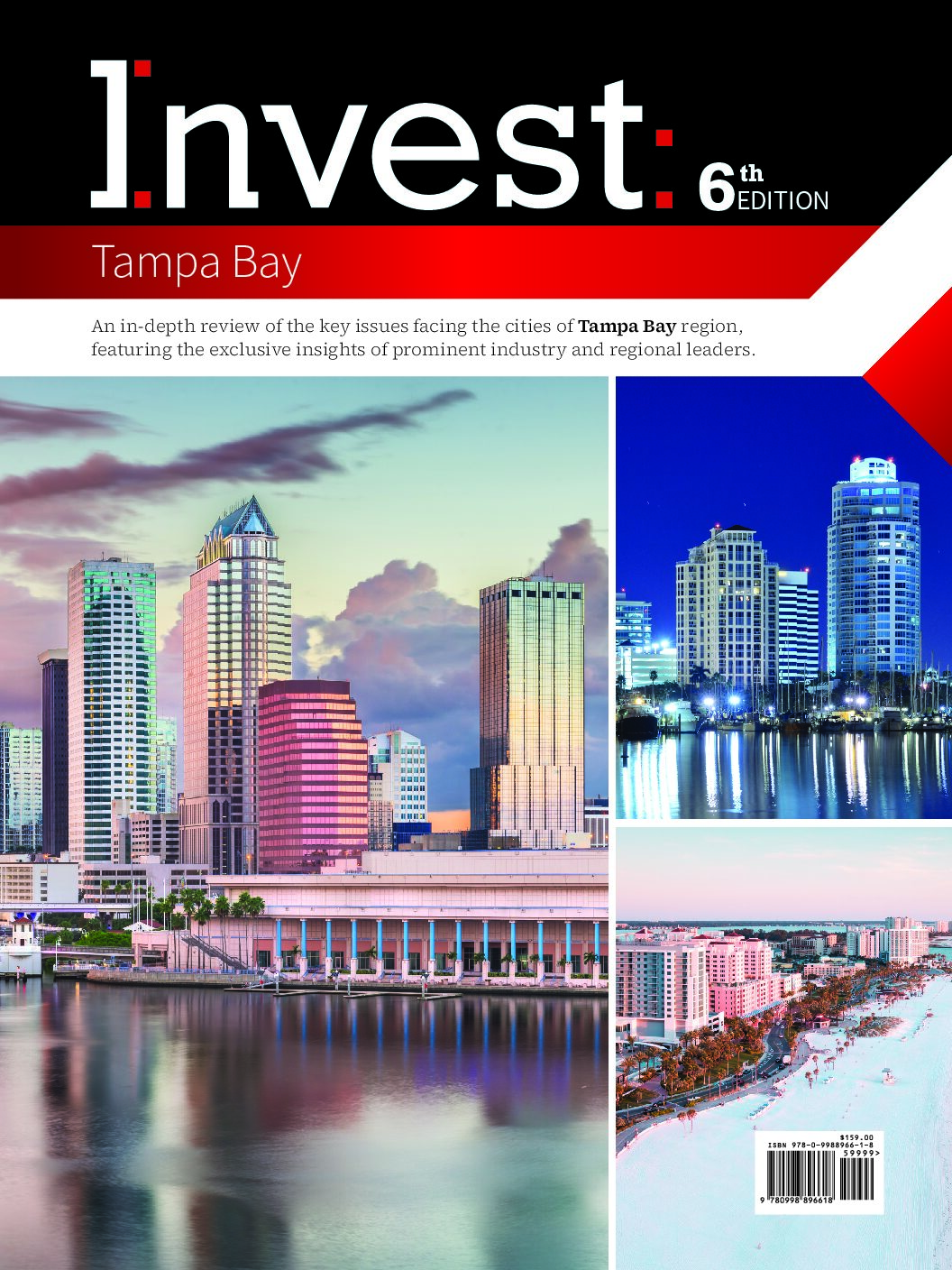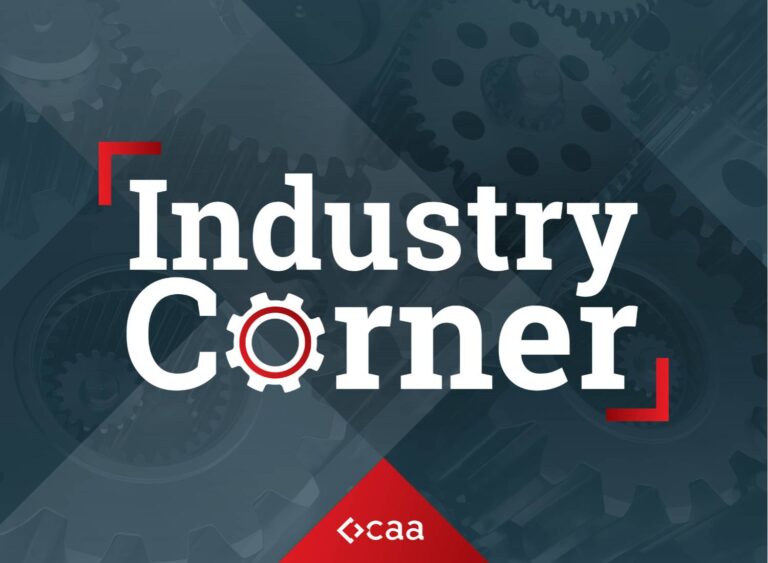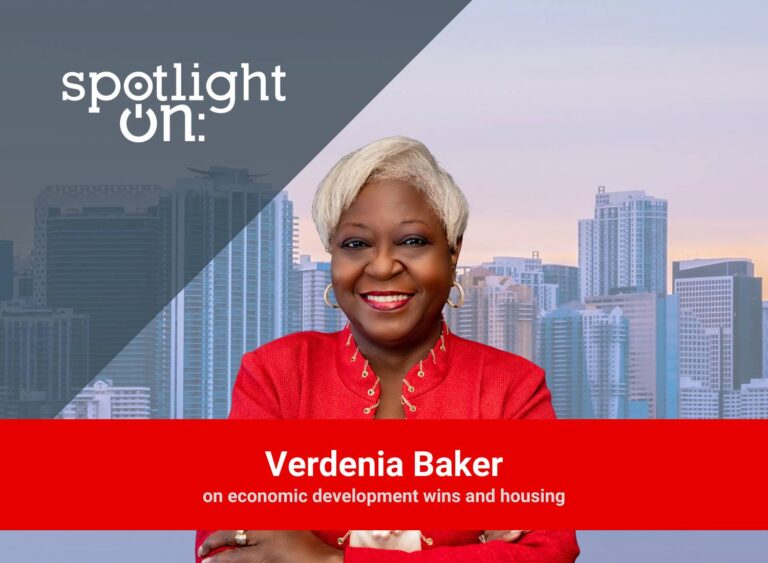Spotlight On: Anne Burt, Mayor, City of Woodbury
 April 2024 — In an interview with Invest:, Mayor Anne Burt of the city of Woodbury discussed the city’s strategic initiatives on water quality, safety, and sustainability. Legislative efforts focus on infrastructure and transportation enhancements, with top priorities including succession planning and completing major projects like the city’s $400 million water treatment plant.
April 2024 — In an interview with Invest:, Mayor Anne Burt of the city of Woodbury discussed the city’s strategic initiatives on water quality, safety, and sustainability. Legislative efforts focus on infrastructure and transportation enhancements, with top priorities including succession planning and completing major projects like the city’s $400 million water treatment plant.
What were the key achievements and milestones for the city over the past year?
Over the past year, our city has focused on three strategic initiatives. The first initiative is centered on water quality, which includes both the delivery of treated drinking water and enhanced conservation efforts. The second initiative concerns public safety. We already boast excellent public safety services, but we’ve been focusing on continuing our service with compassion, courage, and culture, enhancing crime prevention and education efforts, and increasing public safety connections with the community. The third strategic focus is environmental sustainability. We’re conducting a comprehensive study to determine necessary actions for the city’s continued progress in sustainability and to identify strategies that our residents and businesses can adopt to contribute to these efforts.
How is the city’s growth influencing your strategies for economic and community development?
Woodbury continues to grow; we still have about 20% of our land left to develop. Given our proximity to and integration within the metro area, particularly the East metro, our growth is inevitable. Our current population is approximately 82,000, and we anticipate reaching around 100,000 by 2040. The majority of our businesses are small businesses, although we are also home to the headquarters of significant companies like Kindeva, a major player in the medical field that specializes in creating products for medicine delivery, Self Esteem Brands/Anytime Fitness, and Harvey Vogel Manufacturing. Despite the presence of these larger companies, our community’s economic backbone is the more than 1,700 small businesses that populate our city. In the past year alone, we’ve seen the opening of four new restaurants.
On the housing front, we are preparing for population growth through new housing developments. Currently, our housing stock is evenly split between single-family and multifamily homes. Last year, we opened a new affordable housing facility with 211 apartments and 24 townhouses aimed at providing affordable options for working families. Furthermore, the city council recently approved two additional affordable housing apartment complexes on the northeast side of town. These developments are reflective of our commitment to fostering both business growth and residential expansion to accommodate our growing population and enhance community life.
How are inflation and interest rates impacting your policy decisions?
The rising interest rates and inflation have notably impacted our city, particularly in the realm of construction costs. We are expanding our community center, referred to as Central Park which, despite its name, is an indoor facility. The cost of this expansion has escalated significantly due to the economic climate. Similarly, we are in the process of constructing a $400 million water treatment plant to remove PFAS, a persistent chemical, from our water supply. The escalating costs of materials and labor have pushed the expenses far beyond our initial estimates.
Moreover, as our population grows, the need to expand our public safety campus has become more acute, necessitating additional facilities for police, fire, and EMS services. A recent meeting highlighted that the costs for this project have also increased considerably over the past year, forcing us to make difficult decisions about funding and potentially asking our constituents for additional financial support.
The housing market has been particularly affected by high construction costs and rising interest rates, leading to a stagnation where residents are hesitant to move, thereby reducing housing availability for others. Despite these challenges, we continue to see the construction of new homes, including single-family, multifamily, townhomes and apartments, as people are still drawn to the area for its quality of life.
What characteristics make the city a vibrant and appealing place to live?
Our city’s appeal was recently highlighted in our biannual community survey, which returned high rankings across various categories. Geographically, we are advantageously located near major intersections of Interstate 94, making us the largest community in the East metro. This location supports a robust offering of retail, services, and medical facilities, attracting many to the area. Safety is another significant draw. Thanks to our dedicated public safety team, we are known as a very safe community. Coupled with top-notch educational institutions, including the nationally renowned Math and Science Academy and other high-performing public, private, and charter schools, we’re a magnet for families seeking security and quality education.
Our city’s growth has been carefully managed through comprehensive planning, ensuring that each community has access to parks and open spaces within half a mile of their homes. These thoughtful developments contribute to our reputation as a great place for families, offering abundant parks, trails, and opportunities for extracurricular activities. Together, these attributes underscore our commitment to maintaining a vibrant, safe, and well-planned community.
What legislative or regulatory changes are you focusing on
We’ve submitted legislative requests totaling $7.5 million for critical infrastructure projects, including a new water tower that is essential for our water treatment plant to combat PFAS. We’re also pushing for a sales tax exemption on government construction materials. We are introducing a bus rapid transit system that is set to launch in March 2025. This system will feature a dedicated roadway from downtown St. Paul, passing through the north side of I-94 and entering Woodbury with three stations. This initiative promises efficient transportation options for riders in both directions, avoiding regular traffic delays.
We are actively working on enhancements to our school resource officer program. Recent legislation had initially made their operation challenging, but thanks to effective lobbying and dialogue, adjustments have been made to allow school resource officers to function more effectively. At the federal level, we’re seeking support for projects like updating body-worn camera tech, flood-prone road improvements, and installing solar panels in our public works facility. We’re collaborating with Washington County on a new service building in Woodbury.
What are the top priorities for the city?
Woodbury has been well-managed and developed over six decades, and I aim to continue this tradition of thoughtful strategic growth. Our top priority is completing our water treatment plant, the city’s largest project in its history and crucial for improving water quality for generations to come. Though disruptive, necessary roadworks are planned next year to ensure a safer water supply. Addressing regional economic and workforce challenges is also key. Despite low unemployment, attracting and retaining a robust workforce is essential for supporting businesses and our quality of life. These efforts aim to keep Woodbury vibrant and thriving for residents, past and future.
For more information, please visit:


